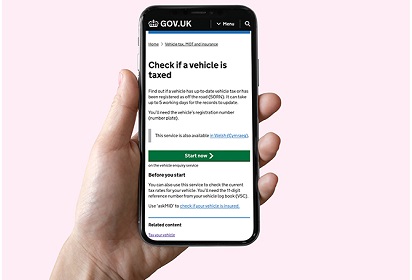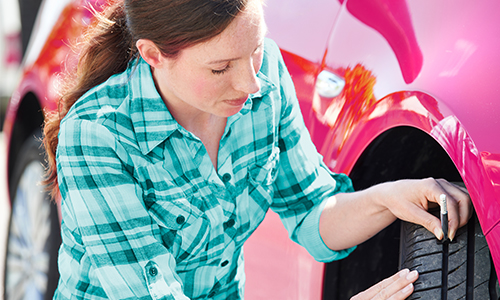Electric vehicle jargon buster
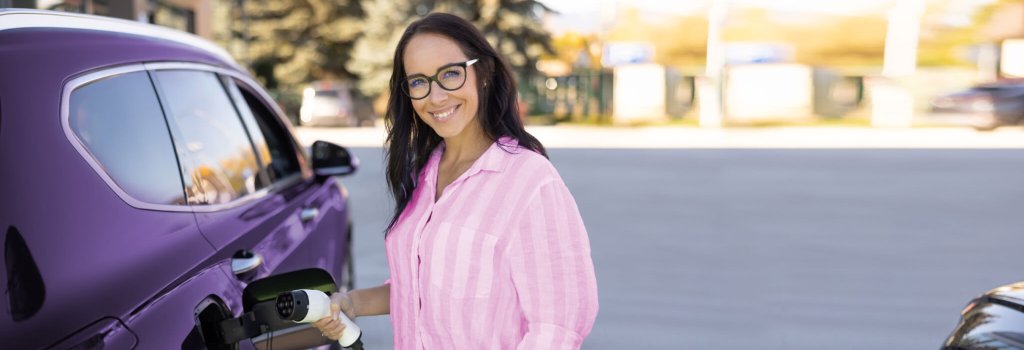
Keen to reduce your carbon footprint by making the change to an electric vehicle (EV) or hybrid? With their CO2 emissions lower than those of petrol or diesel cars, even with the electricity used to charge them, making the change can be a great way to, well, make a change! But has some of that EV jargon got you baffled? Don’t worry, we’ve got you covered. We’ve gone through some of the typical jargon involved in choosing an EV and put it into plain English, so you can tell your range from your regenerative braking with ease.
Range
This one’s simple: ‘range’ refers to the distance that your EV can go before it needs to be charged up again. Put another way, it’s about how far your battery can take you.
This is affected by a number of things, starting with the battery itself. Some batteries can store more power than others, and the more power they store, the further the range. But then other things can reduce the range, like a high-powered motor, carrying more passengers or baggage, driving uphill, and even the temperature.
Charge
The charge in an EV battery is just like the charge in your mobile phone, except an EV needs a lot more charge than a phone (well, it does have to get you from A to B after all). As you’re using it, it loses charge; when you plug it into a charger it gains charge. Charge is the power that drives the motor and it’s measured in kilowatts (kW).
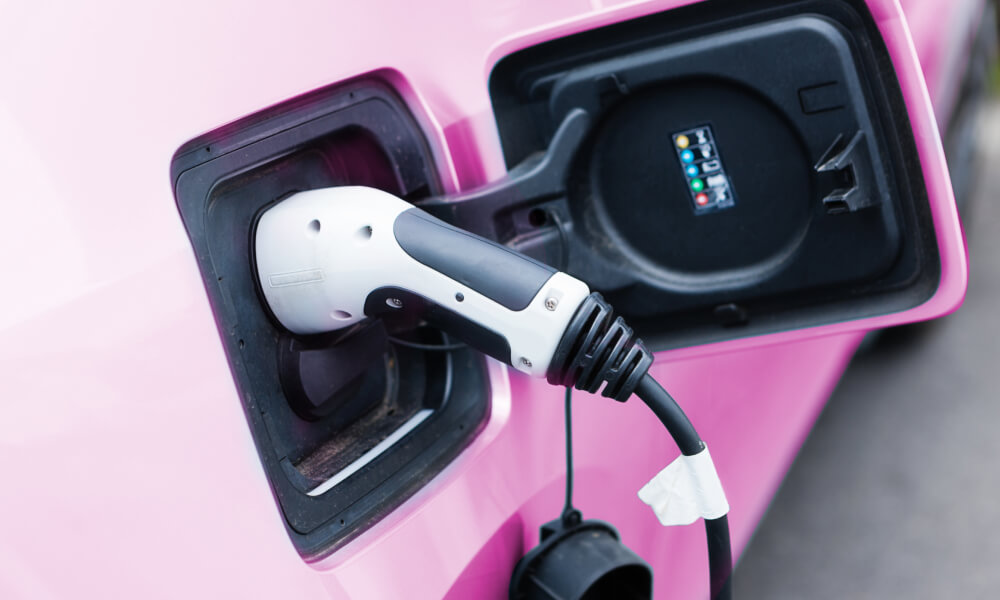
Charging speeds
You can charge an EV battery in three main ways: slow charging, fast charging and rapid charging. The clue’s in the name. Slow charging ports are the cheapest and can take several hours to top your battery up, so are best used overnight or other long periods when you’re not using your EV. Fast charging ports take less time and are often found in car parks at shopping centres and supermarkets, where you might leave your car for an hour or two.
Rapid charging will charge your EV up to 80% charge in about half an hour, so these points are ideal when you want to keep moving. This type of charging is more expensive, though. You’ll find rapid charging ports at motorway services and some petrol stations.
Battery
Unlike traditional cars, which have an engine that burns petrol or diesel, EVs run on a battery. A big one – in fact, an EV battery is not a single unit but a pack of thousands of cells combining to power the vehicle. That’s why they’re much cleaner and greener – because they don’t burn fuel and give off exhaust fumes.
These batteries rely on minerals like cobalt and lithium. If you see a battery referred to as ‘Li-ion’, it stands for lithium-ion.
Batteries are expensive – around £5,000 on average – but most are guaranteed for around 100,000 miles, or 8 years, and should last longer than that. You can also get them insured.
Hybrid / Plug-in hybrid
A hybrid is a type of car that has both a battery and a combustion engine running on petrol or diesel. You never need to plug it in. The battery is charged by the motor when it’s burning fuel and also by energy from braking.
You can get a plug-in hybrid, which you can plug in and charge so the battery does more of the work than in a standard hybrid and it burns less fuel. The benefit of a plug-in hybrid is that you can drive it economically like an EV but you’ve always got back-up of fuel if the battery runs out of charge.
Kilowatt hour
The efficiency of an EV is measured in the amount of kilowatt hours (kWh) of energy it consumes every 100km. The most efficient EVs consume about 15kWh per 100km.
A kWh is a measurement of energy. You’ll see the capacity of EV batteries given in kWh – it tells you how much energy the battery can store. This affects the range of the car because the more energy it can store, the longer it can go on powering the motor.
EV batteries start at around 40kWh, which means they can deliver 40kW of power for 1 hour, or 1kW of power for 40 hours. If the power output of your EV is a constant 20kW, a 40kWh battery will drive it for 2 hours.
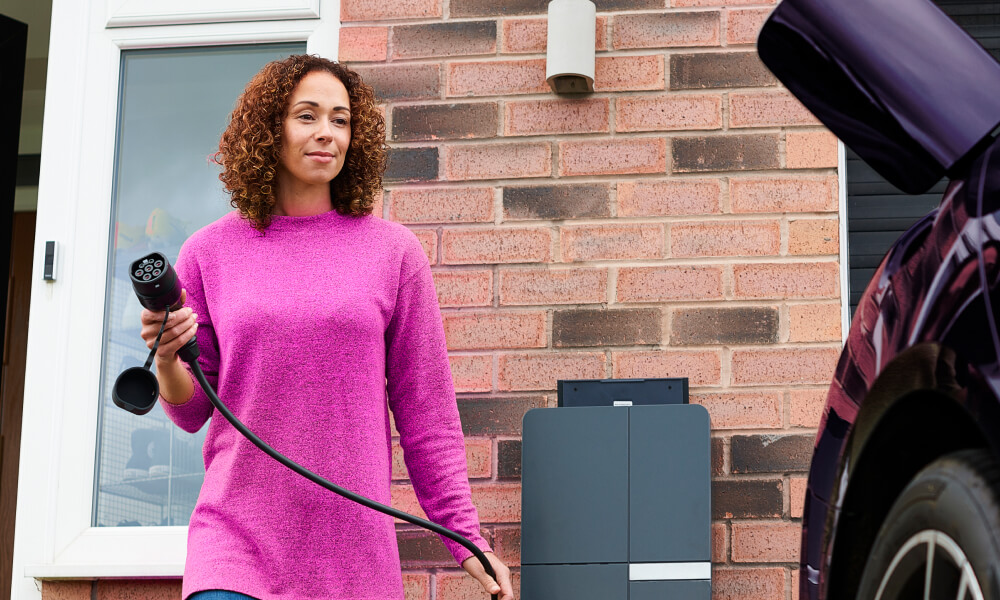
Charging station
A charging station is the place where you plug in your EV to charge it up. Charging stations can be found all over the UK – in service stations, in hotel car parks and supermarket car parks to name a few places.
You can also install a charging station at home, as this is likely to be where you'll be keeping – and charging – your EV most of the time. These start at about £800.
Regenerative braking
When you brake in a car, the friction needed to do so gives off energy, mostly in the form of heat. In a petrol or diesel car, this energy is wasted.
However, EVs harvest this energy and use it to recharge the battery a little bit. In practice, this means that the motor starts putting energy back into the car battery every time you put your foot on the brake or ease off the accelerator.
Range extender
Worried that your EV’s range isn’t big enough for a long journey with few charging stations along the way? A range extender is a handy option you might want to think about. These are available for most EVs with the list being increased all the time.
A range extender is an onboard power unit that runs on petrol and charges up your EV battery as you go. Just like a hybrid, you might think, but a range extender is only designed to be used as a back-up if the battery is running low and there’s nowhere to charge it – a bit like the portable power packs you can get for your mobile, but a lot bigger! It’s a good idea if you do a lot of long journeys.
Band B VED
Vehicle Excise Duty (VED), commonly known as road tax, is the tax we have to pay for the right to drive on the UK’s roads. Currently, EVs are exempt because the Government is trying to encourage us to drive more environmentally friendly cars. Hybrids also get a discount from the VED.
However, from 1 April 2025, EVs will come under Band B VED, which means their owners will have to start paying road tax. Check out the DVLA website for more information on the costs you can expect to pay.
We hope this guide has helped you understand a bit more about some of the techy terms you might come across on your EV journey. If you’re looking for insurance for your EV or hybrid, check out our Car Insurance cover.
You might also be interested in
How to check your car tax
Is yours up to date? Here's how to check
Prep your wheels for the autumn weather
A few things to think about before you get behind the wheel this autumn

